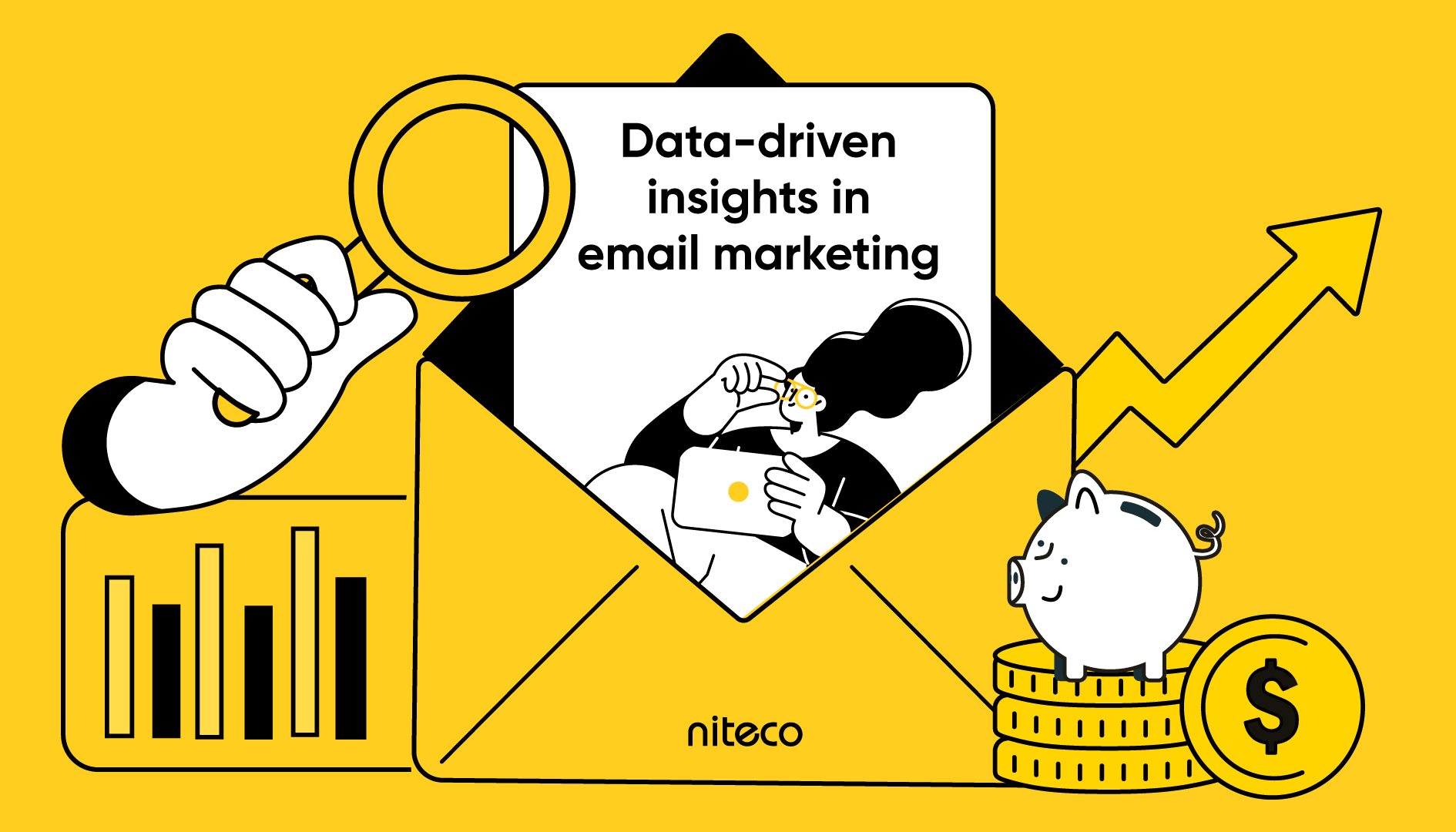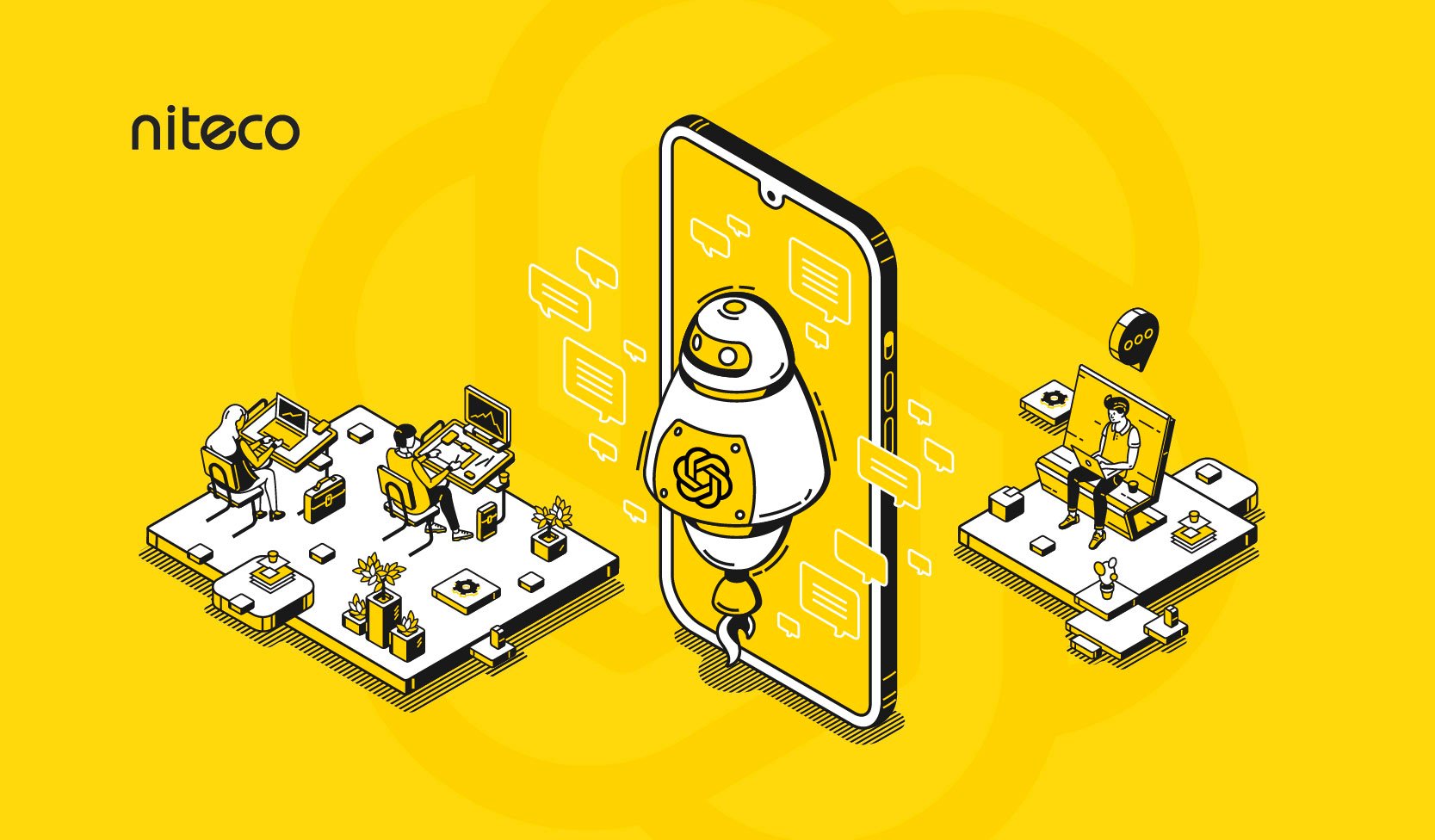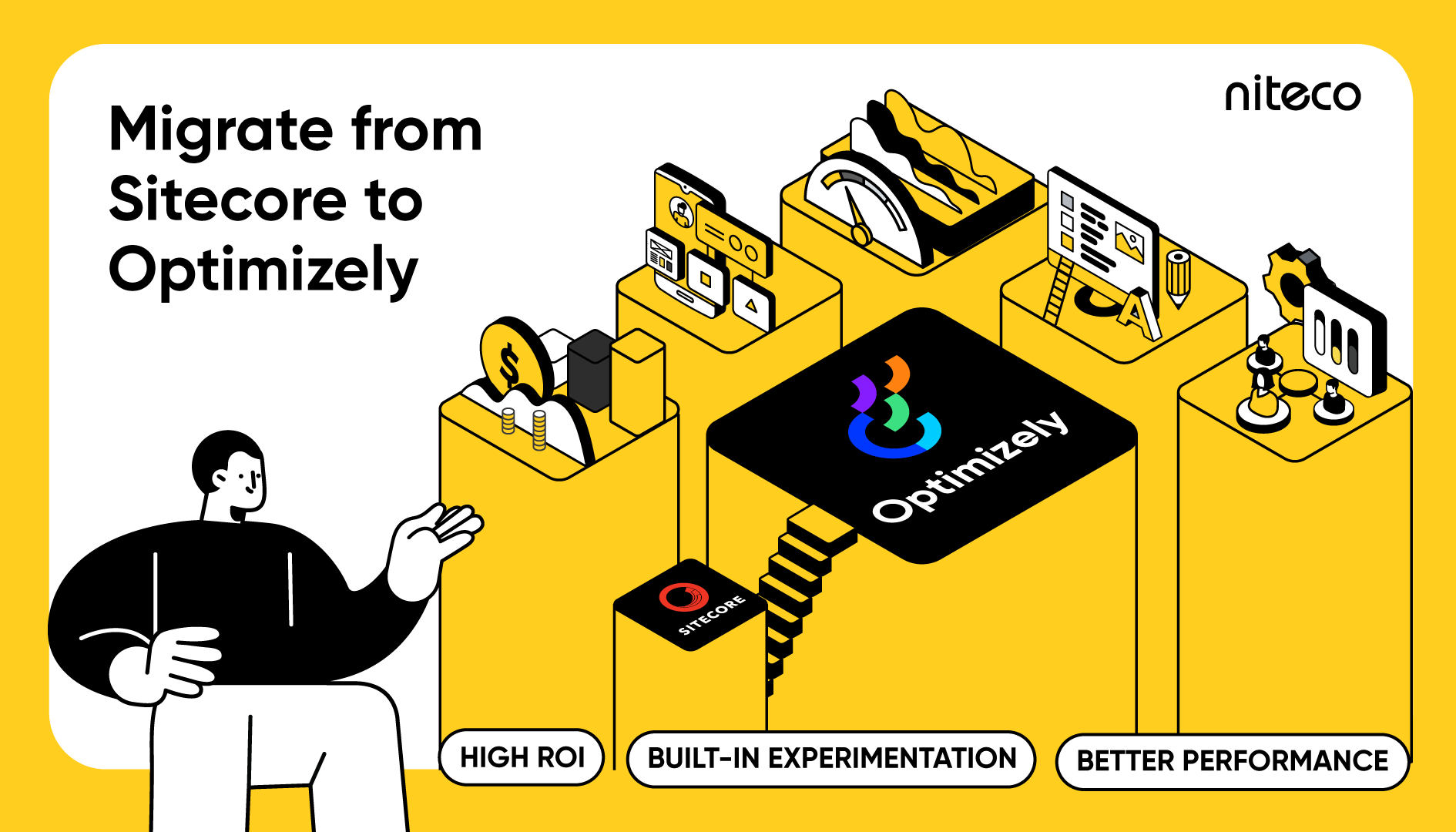Imagine boosting your customer engagement and revenue by delivering content that feels tailor-made for each individual. Personalized marketing (or marketing personalization) does just that by leveraging data to craft messages that resonate with your customers' unique interests and behaviors. By delivering relevant and personalized content, businesses can significantly improve customer experiences, increase customer retention, and boost revenue.
In this article, we will delve deeper into personalized marketing, discussing its benefits, common strategies, and real-life examples to help your business move forward effectively.
What is personalized marketing?
Personalized marketing, also known as one-to-one marketing, is a strategy that involves delivering individualized content and experiences to customers based on their specific characteristics, preferences, and behaviors.
Why is personalization important in marketing?
Personalization in marketing is crucial because it offers numerous benefits, including enhanced customer engagement, increased ROI, and more effective use of marketing resources.
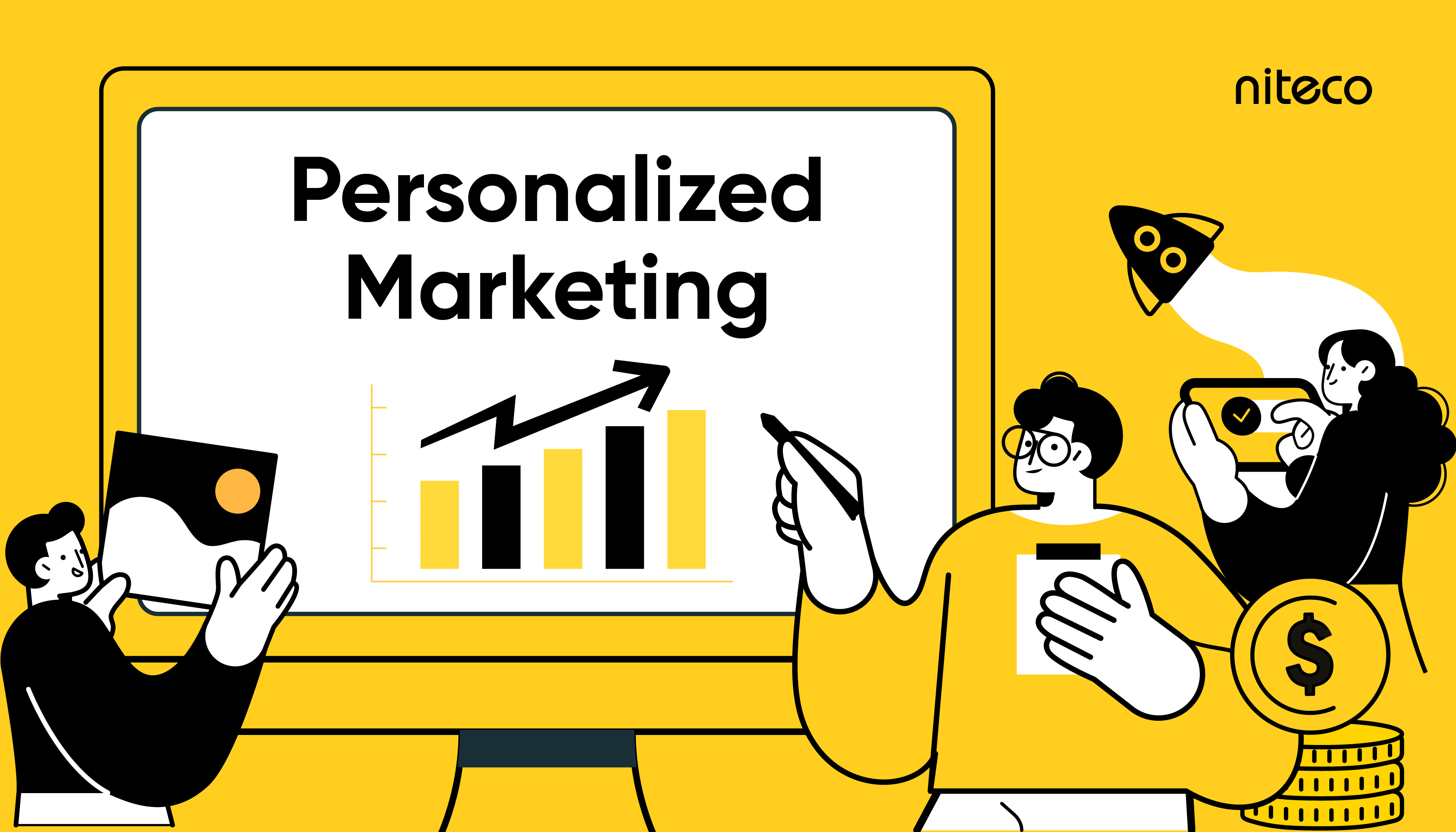
Enhanced customer experience and engagement
The most significant advantage your business can gain from personalized marketing is enhanced customer experience and engagement. According to a December 2022 global survey by Statista, 51% of marketers predicted that improved customer experience would be the top benefit of a successful personalization strategy in 2023.
The key lies in understanding the customer's preferences. By leveraging data-driven insights, you can tailor your messages and recommend products that align with their preferences and interests. And your customers love this as they feel understood and valued, knowing you won't overwhelm them with irrelevant information.
Improved customer loyalty and retention
Personalization also plays a key role in improving customer loyalty and retention. A Statista survey found that 81% of consumers in Singapore were likely to stop using a brand if it didn't personalize their experience. This was the highest rate among 12 countries, with Brazil at 80% and Colombia at 76%. By delivering personalized experiences, businesses can build stronger relationships with their customers, leading to increased loyalty and retention.
Increased conversion rates and ROI
Personalized marketing strategies can also lead to increased conversion rates and ROI. According to a study by Monetate, personalized web experiences can deliver a 20% increase in sales. Moreover, businesses that personalize web experiences see an average 19% uplift in sales.
And it is a long-lasting benefit. Statista projected that global revenue for the customer experience personalization and optimization software and services industry will rise to $11.6 billion by 2026, a 65% increase from 2021. This demonstrates that this field is poised for significant improvement, offering even greater benefits for your business.
Check out how Niteco doubled Electrolux’s web conversion rate with marketing automation and personalization and get in touch with us to boost your marketing strategy.
Maximized marketing efforts and budget
Finally, personalization can help businesses maximize their marketing efforts and budget. According to a study by McKinsey, personalization can reduce acquisition costs by as much as 50%, lift revenues by 5-15%, and increase the efficiency of marketing spend by 10-30%. This means that personalization not only improves outcomes but also makes marketing efforts more cost-effective.
For instance, companies specializing in invitation printing can leverage personalized marketing to target specific customer segments, offering tailored designs and messaging that resonate with their audience.
Popular personalized marketing strategies (+ Examples)
Popular personalized marketing strategies, rooted in data-driven marketing, can leverage customer data analysis to deliver tailored experiences. The strategies include personalized emails, social media personalization, personalized product recommendations, dynamic landing pages, and dynamic targeting ads.
Personalized email marketing
What it is
Personalized emails are marketing messages tailored to individual recipients. They can include personalized greetings, content, or offers based on the recipient’s past behavior, demographics, or other personal data.
Touchpoint
Customer’s email inbox.
Benefits
Personalized emails can significantly improve click-through rates and conversions, build stronger relationships with customers, and increase customer engagement and loyalty. This leads to repeat business and increased revenue.
Example
Electrolux Australia, with the support of Niteco, successfully executed a personalized email campaign to welcome customers and provide essential information for using their appliances. This campaign specifically targeted customers who had registered their products on Electrolux.com.au.
Personalization was implemented extensively, including a customized header banner tailored to the customer's product category. The email content mentioned the registered product and included personalized details such as the user manual, related services, and accessories specific to each product.
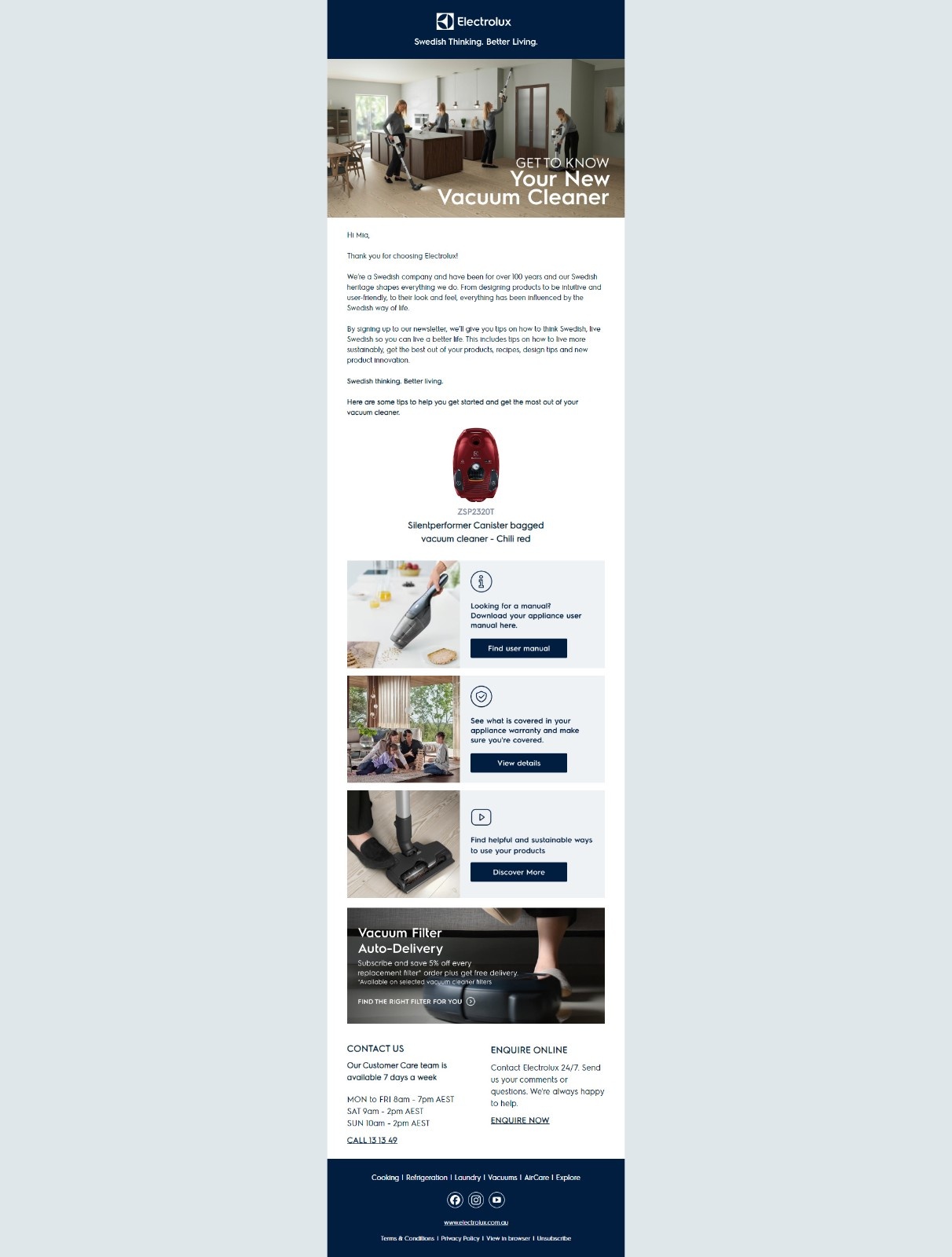
A part of the personalized email Electrolux sent to their customers. SEE FULL IMAGE
Learn more about how Niteco’s taking your Email marketing to the next level.
Social media personalization
What it is
Social media personalization is tailoring your social media content and ads to individual users based on their interests, behaviors, and interactions with your brand.
Touchpoints
Social channels like Facebook, Instagram, X (Twitter), LinkedIn, etc.
Benefits
It can make audiences feel connected to your brand, boost social media engagement, and improve your ad costs. It also allows you to learn about your audience on a deeper level.
Example
Niteco is currently running a social media personalization campaign targeting businesses using outdated versions of the .NET framework. Understanding the urgency of upgrading to the latest Optimizely .NET, we ensure that the social media feeds of these audiences will likely see this promotion at the right time and get the best deal available on the market.
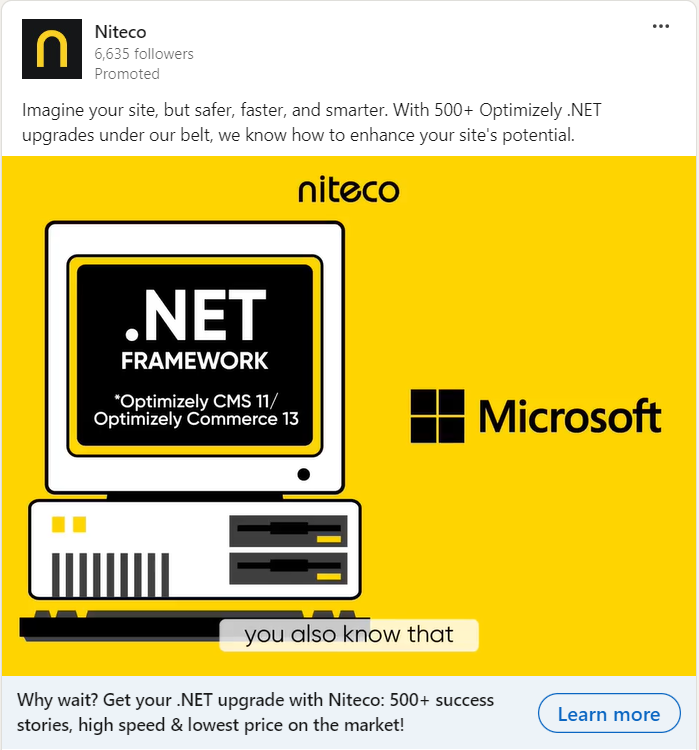
Personalized product/content recommendations
What it is
This strategy involves using data to provide personalized product or content recommendations to each customer based on their past behavior and preferences. This strategy is often utilized by Ecommerce websites such as Amazon, Shopee, e-magazines like Wall Street Journal and Financial Times and streaming platforms like Youtube or Netflix.
Touchpoints
Websites, streaming platforms, applications.
Benefits
Personalized recommendations can improve the experience, lead to increased engagement, loyalty, and revenue, and result in higher conversion rates.
Example
Steadfast, one of Niteco’s customers, is providing a customized user experience via a personalized array of articles appearing at the bottom of its homepage as well as related articles under the "Well-covered" section, and recommended insurance plans at the bottom of each insurance page. Check out our success story with Steadfast.
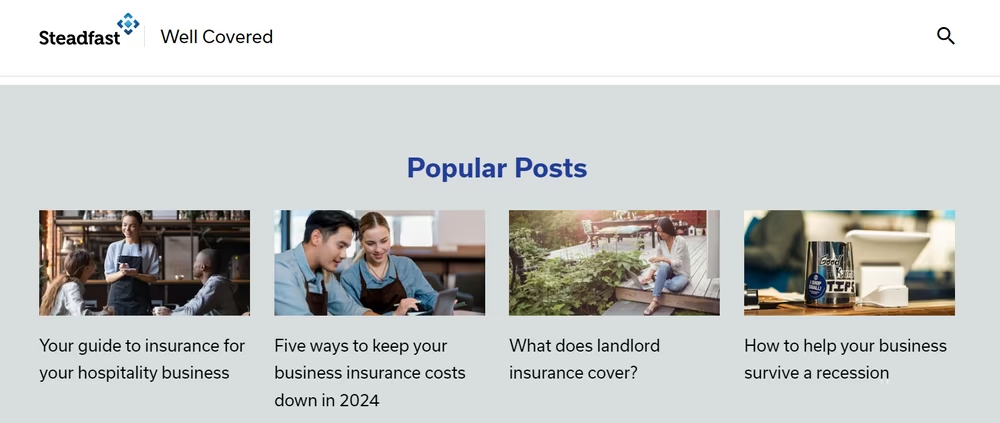
Dynamic landing pages
What it is
A dynamic landing page is a webpage that changes based on the individual user’s behavior, location, source of traffic, time, and other factors. There are common elements of a webpage that can be made dynamic such as headlines, body text, and calls-to-action. For example, the same landing page might vary based on visitors' search queries, geographic location, or their position in the sales funnel.
Touchpoints
Customers can experience this personalization when they visit your website through different channels.
Benefits
Dynamic landing pages can increase the likelihood of a conversion, allow marketers to execute a test and learn strategy, and create a more positive user experience.
Example
Watch this example from Niteco’ dynamic homepage. The page modifies its copy and layout based on the users’ search queries. In this case, we used different headlines, sub-headlines, content for CTAs based on user IP.
Want to have customized experience like that? Let Niteco help you.
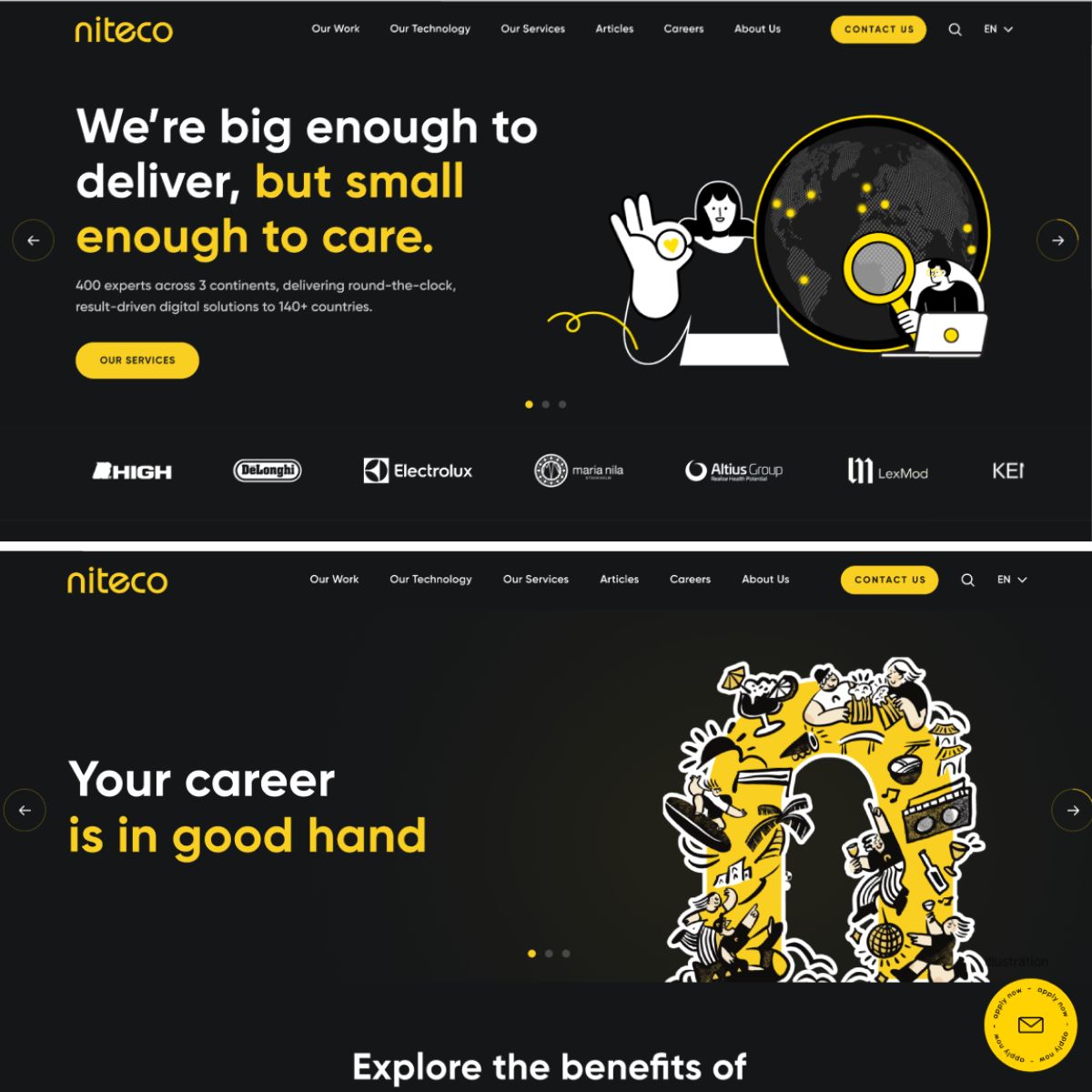
Dynamic retargeting ads
What it is
Dynamic retargeting ads are advertisements that change based on the individual user’s behavior, interests, and other personal data.
Touchpoint
Various third-party websites or platforms where your ads are displayed.
Benefits
Dynamic ads can boost engagement, deliver more relevant content, and increase revenue through higher conversions. For instance, businesses often use dynamic ads to remind customers about products left in their carts, reducing the rate of cart abandonment and prompting continued purchases.
Example
After searching for a digital marketing course on Google and clicking on one of the results from Udemy, a sponsored post about a digital marketing course from Udemy appeared on a user’s Facebook newsfeed not once but several times. This is the result of Udemy retargeting users that have shown an interest in them through their behavior, but have not converted.
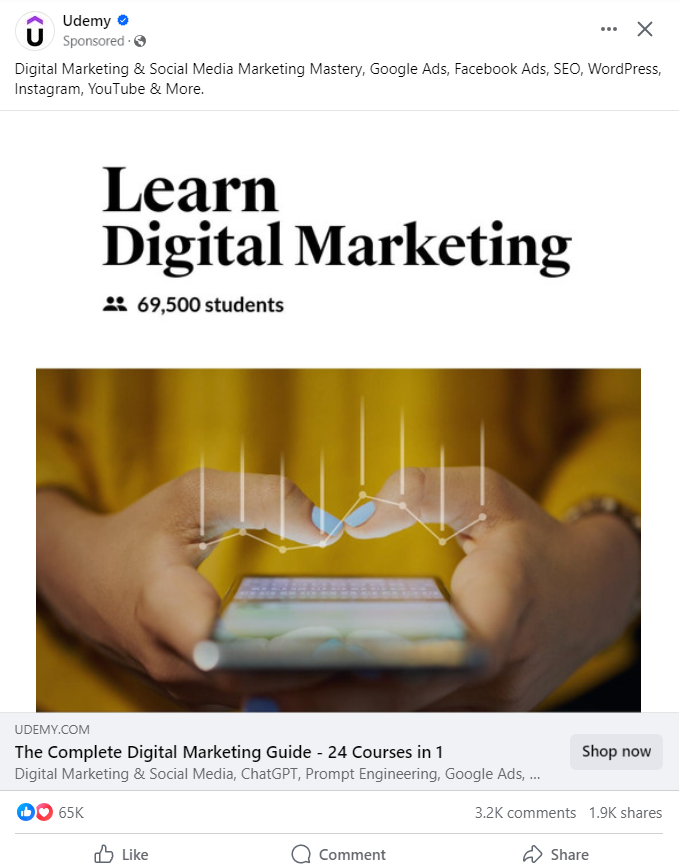
Key elements of a personalization marketing strategy
A successful personalization strategy is built upon several core components. Here’s a breakdown of these essential elements:
- Data collection and analysis: Effective analysis transforms raw data into actionable insights.
- Customer segmentation: Dividing your customer base into smaller, more homogenous groups based on shared characteristics enables you to target specific messaging and offers more effectively.
- Personalized content: This involves creating tailored content, offers, and product recommendations based on individual customer data.
- Channel optimization: Delivering personalized messages through the customer's preferred channels and at optimal times is crucial for maximizing impact.
- Real-time personalization: Adjusting the website experience and messaging in real-time based on visitor behavior can significantly enhance engagement and conversion rates.
- Testing and optimization: This involves using A/B testing, multivariate testing, and other optimization techniques to identify what works best.
How to implement a personalized marketing strategy
Implementing a successful personalized marketing strategy requires a thoughtful approach and the right tools. Here's a breakdown of the key steps:
- Audit first-party data availability: Begin by assessing the data you already have about your customers. What information are you collecting, and how accurate and complete is it?
- Align personalization goals with business objectives: Define what you want to achieve with personalization. Are you aiming to increase sales, improve customer retention, or enhance brand loyalty?
- Start small: Don't try to personalize everything at once. Begin by targeting a single channel, such as email, and gradually expand your efforts.
- Use A/B testing to refine: Continuously test different personalization approaches to see what works best. A/B testing is essential for optimizing your campaigns.
- Scale winning strategies: Once you've identified successful personalization tactics, scale them across other channels and customer segments.
Common mistake to avoid in personalized marketing
Personalization can be a powerful tool, but it's important to avoid these common pitfalls:
- Over-personalizing: Avoid creeping customers out with overly specific or intrusive personalization.
- Inconsistent messaging: Ensure that your messaging is consistent across all channels, even when delivering personalized content.
- Ignoring customer data quality: Personalization is only as good as the data it's based on. Make sure your customer data is accurate and up-to-date.
Future of personalized marketing
As personalized marketing evolves, AI and emerging technologies play pivotal roles in shaping its trajectory.
- Emerging technologies and AI: AI and machine learning are transforming personalized marketing. They analyze vast data to tailor campaigns, from chatbots to content creation, delivering customized experiences.
- Predictive personalization: Predictive analytics forecasts customer needs, enabling proactive, personalized content delivery. This approach drives engagement, conversions, and long-term loyalty.
- Privacy and regulation trends: Navigating privacy regulations and consumer expectations is vital. Transparency, data security, and compliance with laws like GDPR and CCPA are essential for building trust and ethical marketing practices.
Learn more: The future trends of personalization.
Conclusion
In conclusion, personalization is a potent tool in marketing, offering substantial benefits. By crafting personalized experiences, businesses can boost customer engagement, foster loyalty and retention, raise conversion rates and ROI, and optimize their marketing efforts and budget. Therefore, investing in personalized marketing strategies is a wise choice for any business aiming to thrive in today's competitive marketplace.
Marketing personalization FAQs
There are 2 types: push-based and pull-based. In Push-based marketing, companies gather and assess customer data—including demographics, income, occupation, purchasing patterns, and preferences—to develop customized content. Meanwhile, Pull-based marketing doesn't require brands to gather data before creating promotions. Instead, they offer personalized deals to a target group.
Personalization in marketing is crucial for enhancing customer engagement, loyalty, and conversion rates. It enables businesses to deliver tailored experiences that resonate with individual preferences and behaviors.
They are Product, Price, Place, and Promotion. These elements are customized to meet the specific needs and preferences of individual customers.
They are Data, Decision-making, Design, and Distribution. These aspects focus on leveraging data insights to make informed decisions, designing personalized experiences, and distributing tailored content across various channels.
Personalization is the future of marketing because it allows businesses to create meaningful connections with customers, drive brand loyalty, and increase revenue.
to transform your business and drive results?

